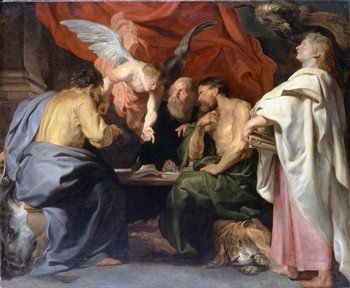
Which Gospel? Trivia Quiz
Matthew, Mark, Luke, or John
Each of the four canonical Gospels share many things in common, yet each also brings something unique to the table. Can you tell which story or phrase goes with which?
A classification quiz
by gracious1.
Estimated time: 3 mins.